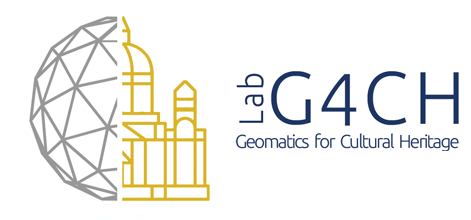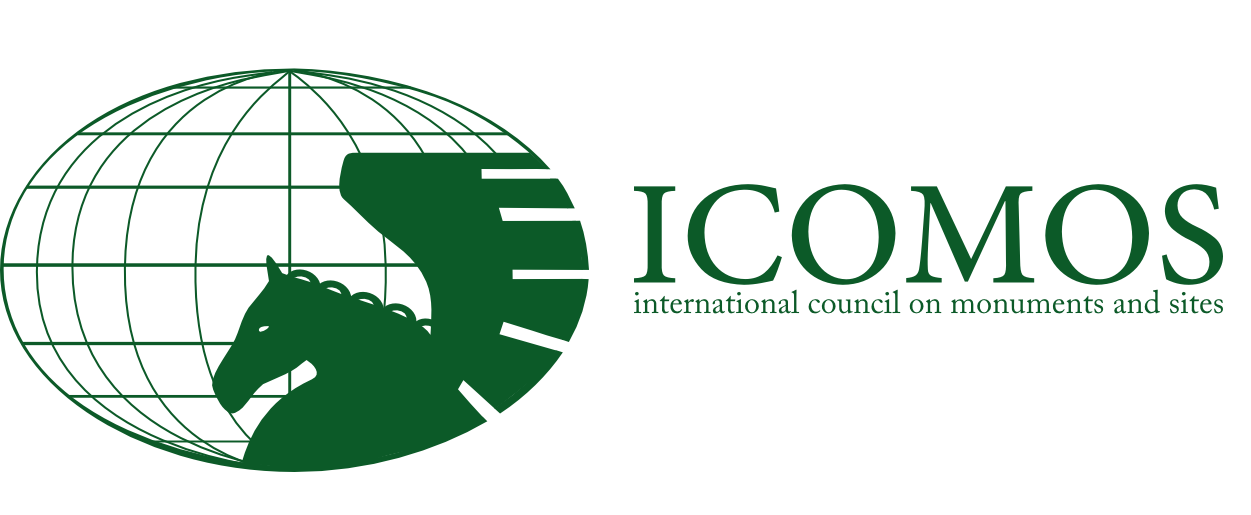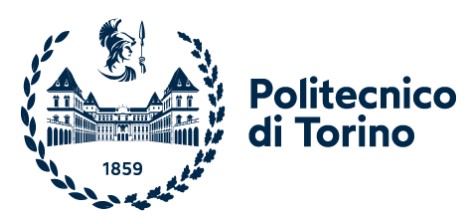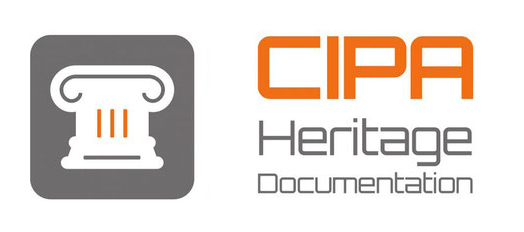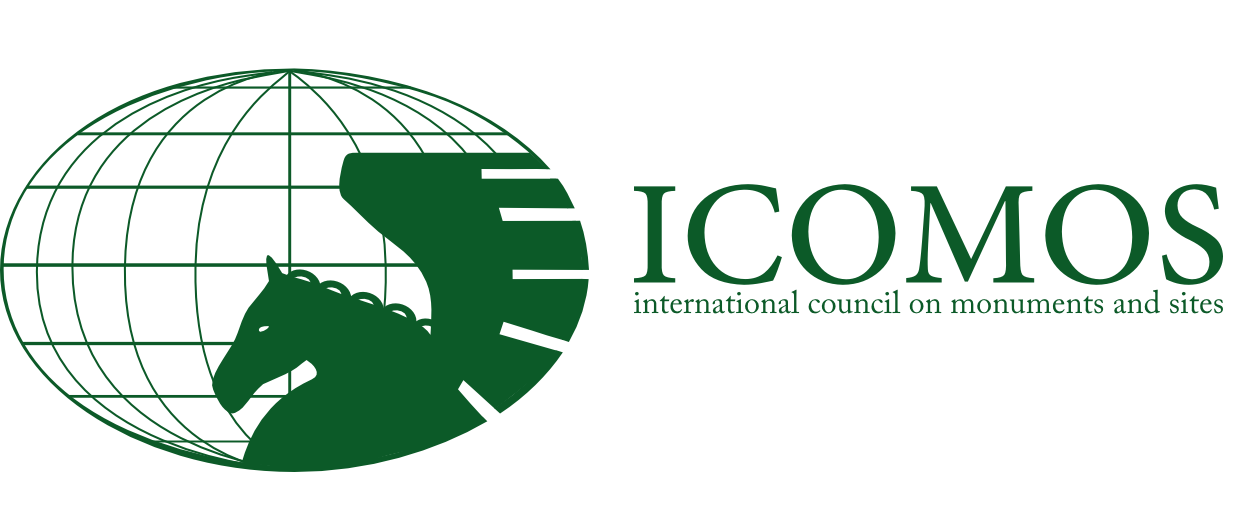Features
ARK-BIM includes default BIMData features. Moreover it has been implemented with plugins and features usefull for Heritage assets.
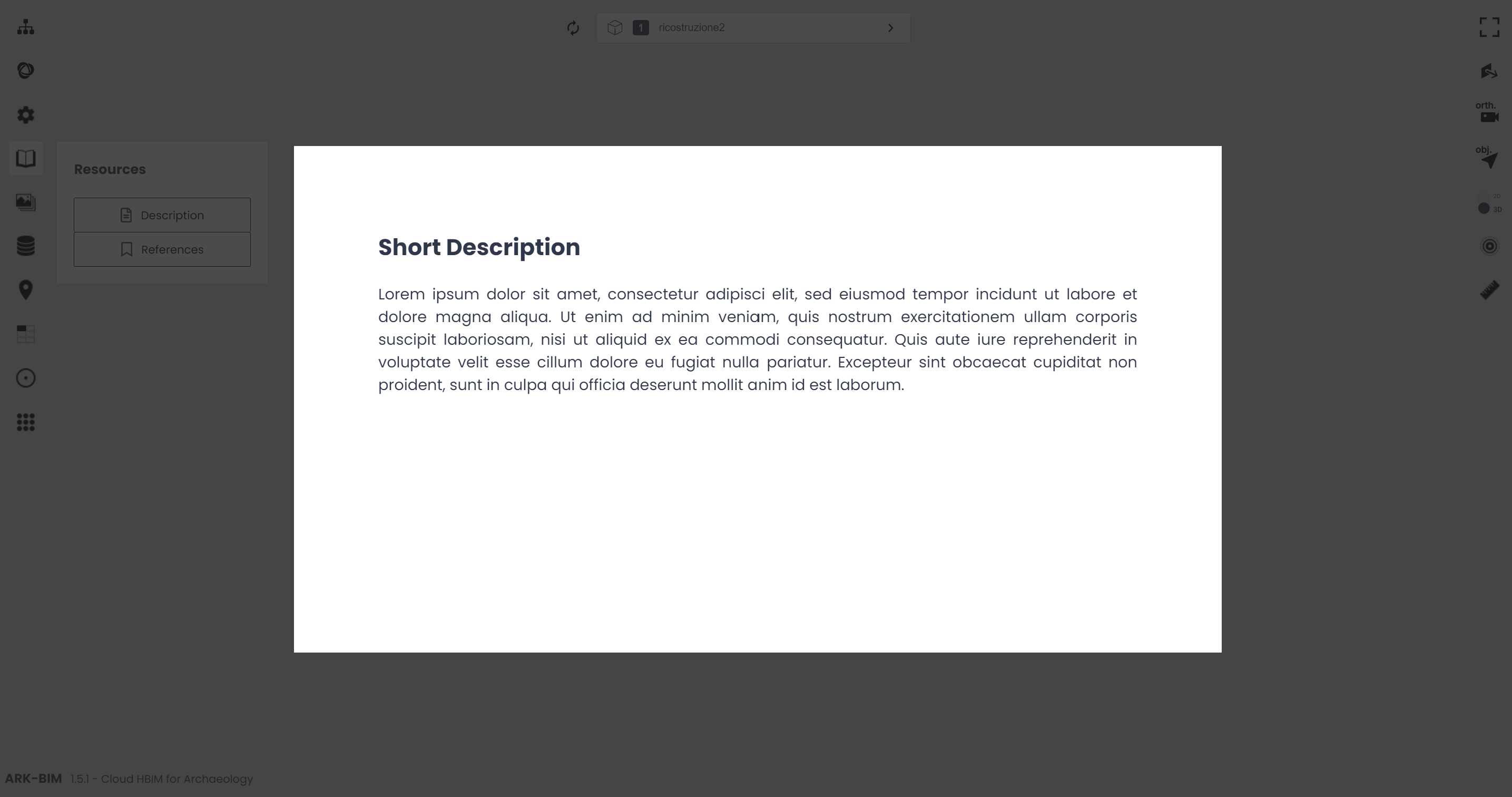
References plugin
Popup informative modals, usefull for textual descriptions or other resources.

Isolate Elements
Usefull plugin in order to isolate desired elements based on IFC classification.

Pick Stratigraphic Units
Real-time pick and annotate stratigraphic units directly on the model.
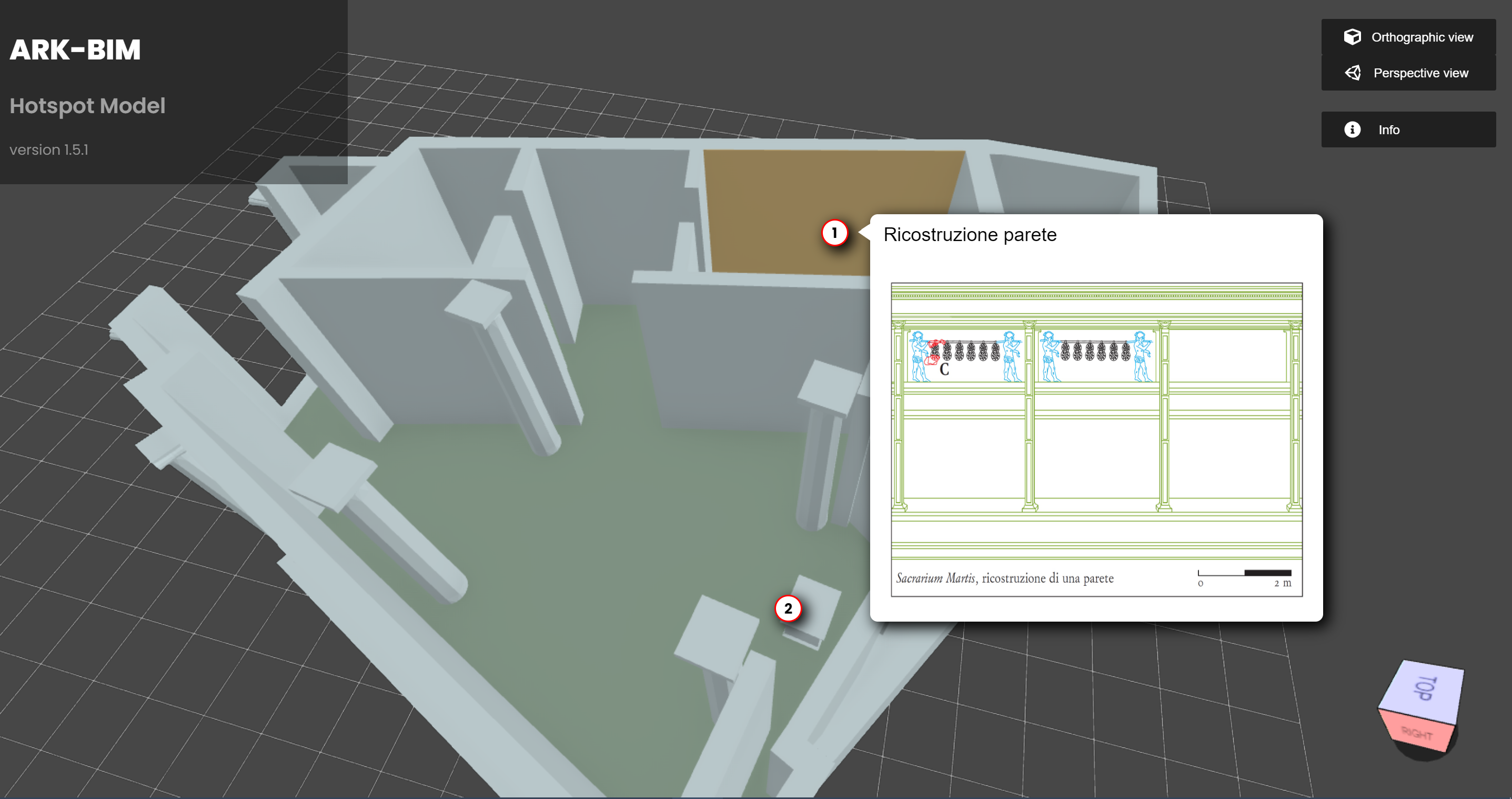
Hotspot models
Simple measurements tools in order to extract distances from the model.
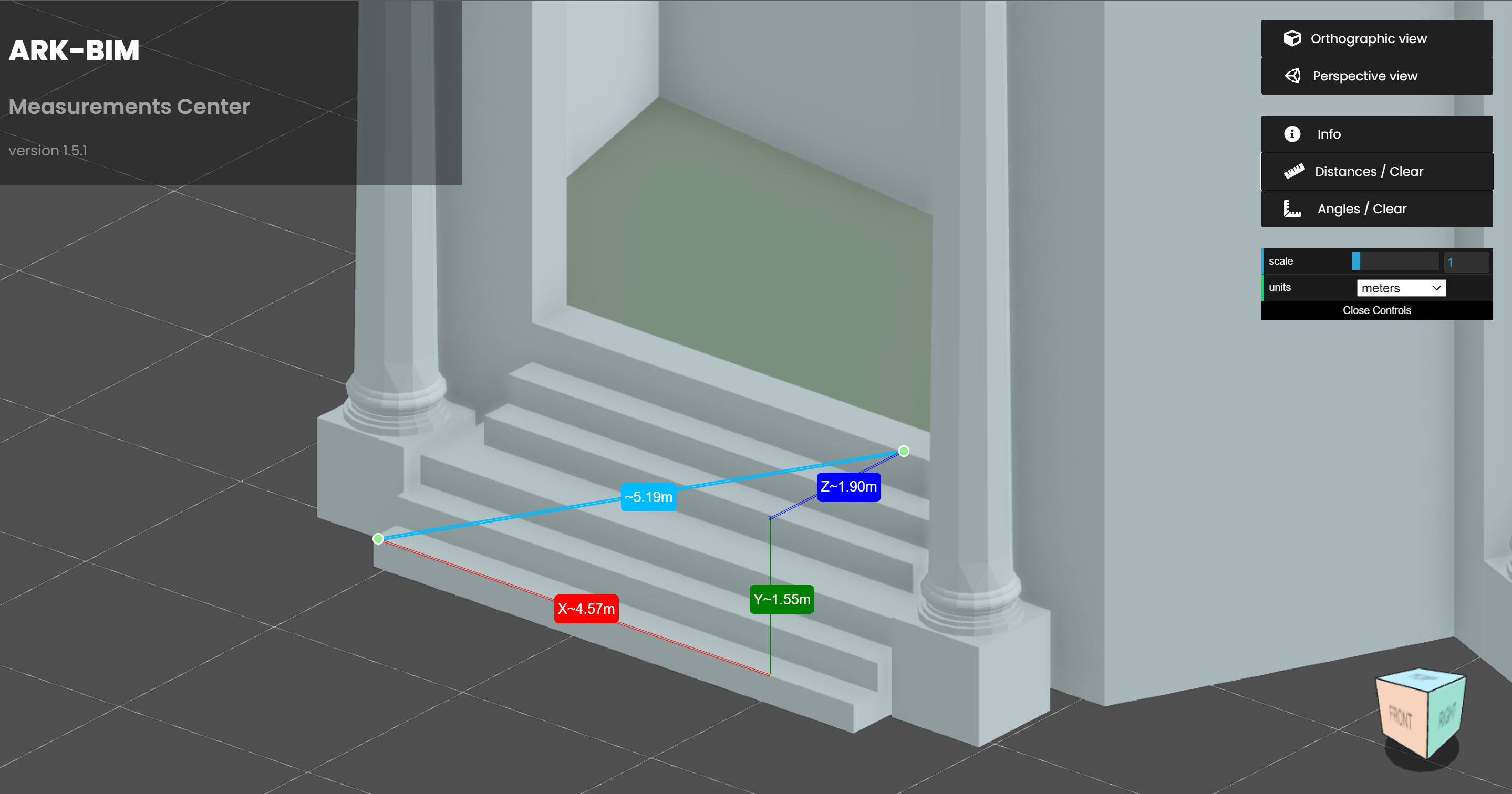
Measurements center
Pick and measure distances (x, y, z projections) directly on the model
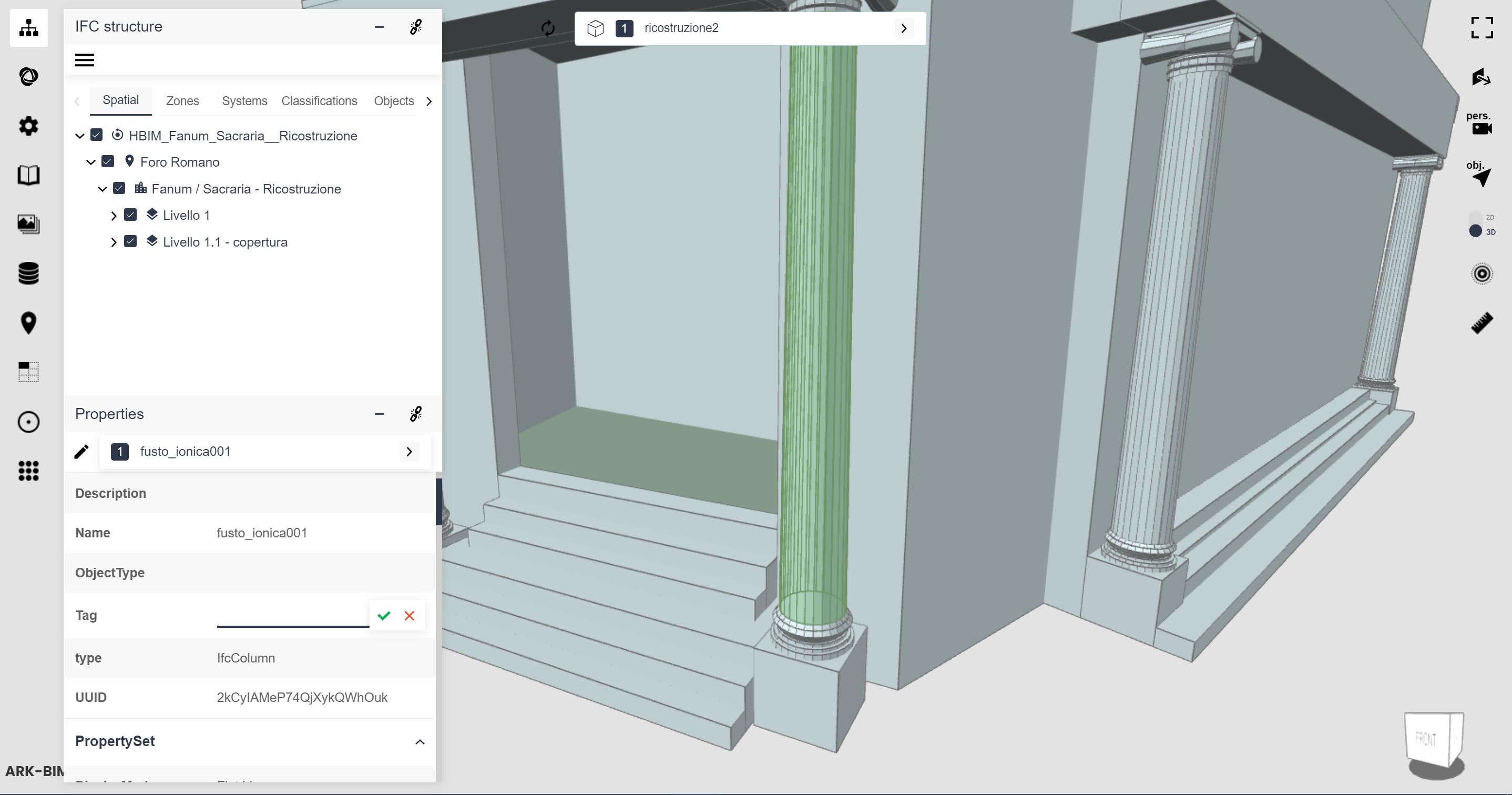
Edit properties
Default BIMData feature of 0.8.26 viewer version: realtime modification of properties
See ARK-BIM 1.5.1 in action!


